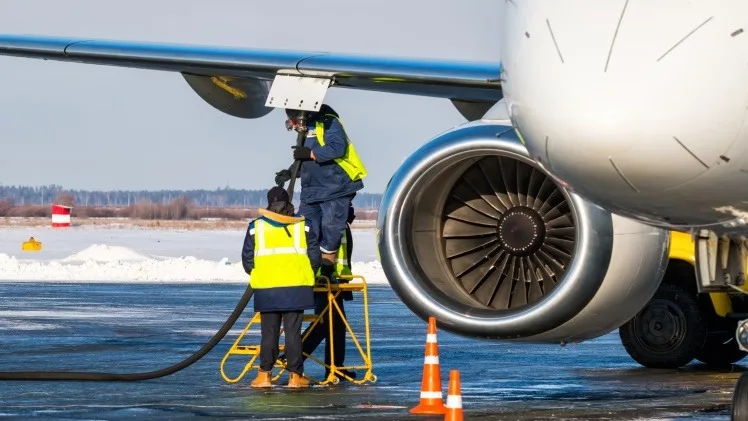One of the major ongoing costs of running an airline is that of fuel. While road vehicles might need gas to propel them from one place to another, planes need to actually lift themselves into the sky. This means that an entirely different quantity, and quality, of fuel is required.
For most airlines, fuel accounts for around a tenth of overall operating costs. These costs tend to be fixed over long futures contracts, which helps to absorb short-term spikes. Big rises and falls in fuel prices, can, however, make a big impact on the industry. We saw this in 2008, when the price of oil shot up, sparking chaos in the industry and pushing many airlines close to the brink.
Soaring fuel prices
Thanks to a combination of economic and political factors, the price of gas is stratospheric. You might cite the Russian invasion of Ukraine, but it’s also worth looking at the end of Chinese lockdowns, which has pushed up global demand. There’s also been a post-pandemic rebound in driving, which has pushed demand up still further.
It takes time for oil extractors to scale up their operations to meet this new demand – and many of them are now reporting difficulty finding the right talent and machinery to get the job done.
The effect on aviation
So, what effect does all of this have on the world of flight? What effect will it have on the price of the average seat on a commercial airliner, and on the average private jet rental cost?
Well, there are several reasons to suppose that it isn’t as bad as you might first suspect. To begin with, airlines have been able to shorten their booking windows at particular price points, because of Covid-19. As such, the worst of the pain has already been felt.
Airlines are also able to pass some of these extra costs to their passengers, who for the most part have been willing to bear some of the burden. We should also consider the effect of high prices on marginal costs per flight, which helps to push airlines to be more disciplined when it comes to offering seats. Overcapacity was a problem for airlines, in other words, and this trend helped force them to address it.
Operating Costs: Fuel costs typically account for around 10% of an airline’s overall operating expenses. When fuel prices rise, it directly impacts the profitability of airlines, especially if they are unable to pass on the increased costs to passengers through higher ticket prices.
Financial Impact: Sharp increases in fuel prices can strain the financial stability of airlines, particularly smaller or financially vulnerable carriers. In extreme cases, airlines may face financial difficulties or even bankruptcy if they cannot absorb the higher fuel costs or adjust their operations accordingly.
In Conclusion
The world of aviation is facing an unprecedented range of challenges, from high fuel prices to looming environmental regulations. With this said, it’s worth bearing in mind that the industry has emerged from past crises, many of which were much worse than this one. It’s therefore reasonable to suppose that airlines will find a way through these challenges, much as they have done before.



